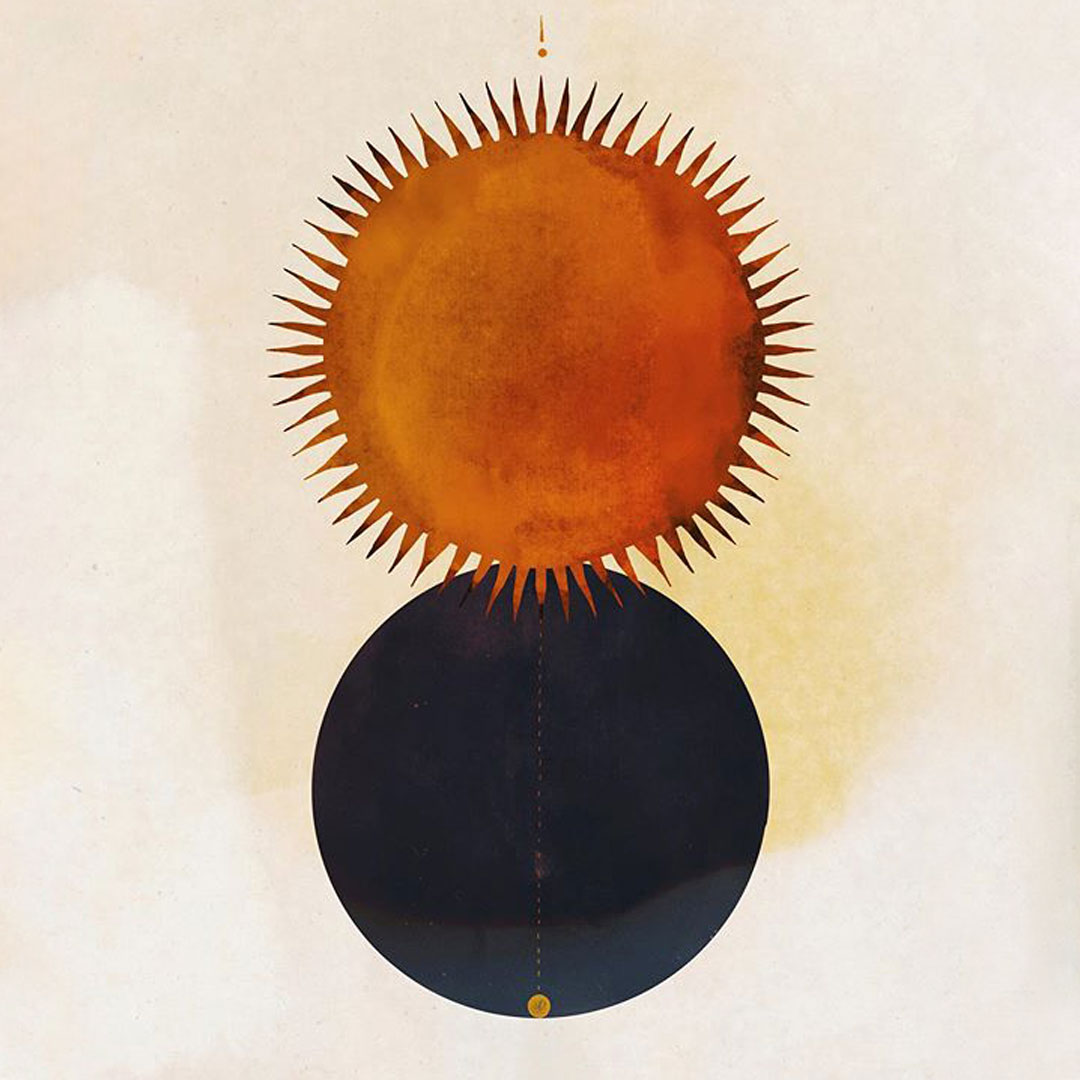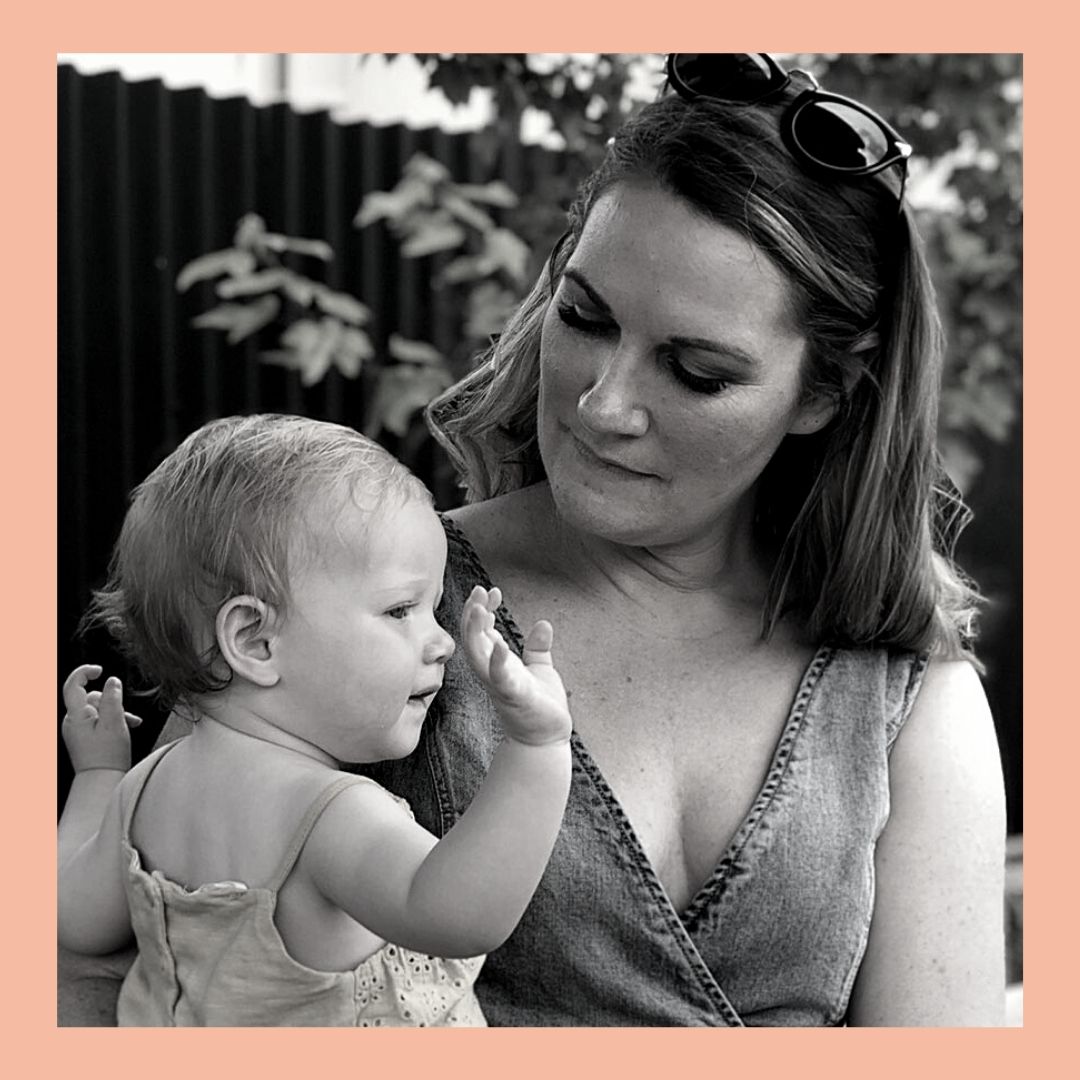can leather be eco-friendly?
 Thick Crescent Moon Bag in Night, made from vegetable tanned kangaroo leather. Photo Mathias Ogger.
Thick Crescent Moon Bag in Night, made from vegetable tanned kangaroo leather. Photo Mathias Ogger.
Leather has been an enduring staple in our wardrobes and lives for thousands of years.
However, when we stop to think about leather’s origin, the downsides of the material are quite obvious. Its manufacture generally relies on the farming of animals – most often cows – with considerable resources and land used in the process. Not to mention the harmful methane emissions attributed to raising cattle. The leather sourced from cows is then generally treated with harsh and dangerous chemicals that can result in run-off and the pollution of waterways and soil. Overall, the traditional leather production process isn’t the kindest to the environment.
While vegan substitutes don’t directly harm animals, they aren’t always the eco-friendly alternative they’re cracked up to be. In fact, vegan leather is a marketing term and doesn’t actually tell you what the material is made from. In most instances, vegan leather is polyurethane (PU) or even worse polyvinyl chloride or ‘vinyl’ (PVC), with both materials derived from crude oil. If you’re opposed to coal mines and their environmental impact, you should also consider whether you want to be buying into these kinds of materials.
According to Greenpeace PVC is “the most environmentally damaging of all plastics”. This is due to the chlorine content used to make it, which releases dioxins that damage the ozone layer. It’s also linked to many health problems in both humans and animals and is the least recyclable plastic.
Even though PVC is generally much worse for the environment, PU isn’t off the hook either. The production of PU requires solvents to turn polyurethane into a liquid that can be painted onto a fabric surface. Unsurprisingly, these solvents can be highly toxic. There are rules and regulations around the use of these covered in California’s Prop65 and Europe’s REACH standards, but not all PU’s follow these standards due to the higher cost.
Other than good looks, when it comes to selecting materials to construct simétrie products we consider three factors: longevity, sustainability, and biodegradability. These principles are not too dissimilar from the guidelines from the Ellen MacArthur Foundation in regards to designing for a circular economy.
Both PU and PVC do not perform well in any of the three categories. They don’t stand the test of time, they’re made from crude oils (and therefore not sustainable), and aren’t biodegradable. While traditionally leather isn’t a particularly eco-friendly material, there are select types of leather that have significantly less environmental impact.
 An infographic from the HIGG Material Sustainability Index showing the environmental impact between chrome tanned cow leather, vegan PU leather, and vegetable tanned kangaroo leather. Keep in mind the HIGG MSI score only reports on the cradle-to-gate impacts only, not the full cradle-to-cradle lifecycle.
An infographic from the HIGG Material Sustainability Index showing the environmental impact between chrome tanned cow leather, vegan PU leather, and vegetable tanned kangaroo leather. Keep in mind the HIGG MSI score only reports on the cradle-to-gate impacts only, not the full cradle-to-cradle lifecycle.
After much research, designer Simone Agius decided to use vegetable tanned kangaroo leather as the primary material for all simétrie products. Here’s how kangaroo leather performs against the three key factors we keep in mind during the design process:
Longevity
Simétrie products are designed to stand the test of time. Kangaroo leather is one of the strongest and most lightweight leathers known today. Like all vegetable tanned leathers, it gets better with age by developing a patina and if looked after well it can last several lifetimes. Another benefit of the material is its repairability. Due to the leather’s unique characteristics, repairs can be made almost invisibly – holes and tears can be mended, and stains blended or hidden.
Sustainability
Kangaroo leather is sourced from wildlife management that is monitored by the Australian Government. This means land and water is not needed for kangaroos to be bred and farmed. Additionally, as the material is sourced and produced here in Australia, the localised supply chain requires fewer emissions and results in greater transparency. According to National Geographic, kangaroo populations in 2019 were at 50 million, which is comparable to populations at the time of European settlement in Australia in 1875. Populations need to be managed to prevent overgrazing, which destroys native habitats for other species. In 2018 the quota for culling was set at 15 percent of the population, yet only three percent was actually culled. This was the same for 2017, 2016, and many years prior. You can read more statistics here.
Vegetable tanning is considered to be the most eco-friendly way to treat leather. It uses plant-based tannins as opposed to chrome, which is a toxic metal and is dangerous to dispose of in water. Chrome can also leech during the product’s life and end of life.
To turn an animal hide into leather, tannins are required – hence the term tanning. Vegetable tannins come from the bark of trees and change the hide at a molecular level to stop it from putrefying. Vegetable tanning is water-intensive, but luckily the tannins are not toxic in the wastewater and don’t have flow-on environmental effects. All our leathers are processed in Australia which means wastewater must be disposed of according to Australia’s environmental protection standards. Even though vegetable tanning is not as common as chrome tanning, it’s widely considered an artisanal practice and has been used since ancient times.
Biodegradability
When leather is vegetable tanned it remains biodegradable (unlike when toxic chemicals are used in the process). So, when you eventually choose to retire your kangaroo leather bag, it will turn back into nutrients for the environment and help regenerate the soil.
While neither vegan nor animal-derived materials are perfect, we’ve chosen kangaroo leather as we believe it’s the most eco-friendly option and provides the best quality and cost offering to the consumer. That’s not to say we won’t explore other alternatives in the future – we’re always researching and learning about other options to balance our collections with non-animal alternatives. However, any material we adopt must also follow our design principles and benefit the circular economy. Last year we successfully trialed a heavy hemp material for our (sold out) Thick Canvas Tote. Currently, we’re working to make more and expand this range with additional styles.
Other plant-based fabrics we’re exploring are Bananatex, a material that comes from the leaves of the banana tree and Apple Girl Leather. This is a promising material, as it’s both vegan and biodegradable. The main downside to both Bananatex and Apple Girl Leather is the costs associated with them. Innovation in new technologies does cost more, and we’re currently working on how to design with them in a way that is commercially viable and affordable for consumers.
As a sustainable bag brand, we look forward to evolving and adapting to ensure we are at the forefront of environmentally friendly practices and materials. Watch this space.





Comments
Simone —
Hi Kifa,
Thanks for your comment! Yes – kangaroo leather has been around for a long time dating back to indigenous uses. I don’t know a lot about this however – just from online research. I have tried kangaroo meat once, I didn’t like it! It’s supposed to be very lean however.
~ simone x
Kifa —
This is the first time I am coming across vegetable tanned kangaroo leather. I do know about kangaroo meat. A friend who deals with Exide inverter batteries at https://www.nantech.in/ accompanied me on a trip to Australia a couple of years ago. At some point during the trip, we were offered kangaroo meat, but we did not give it a try.